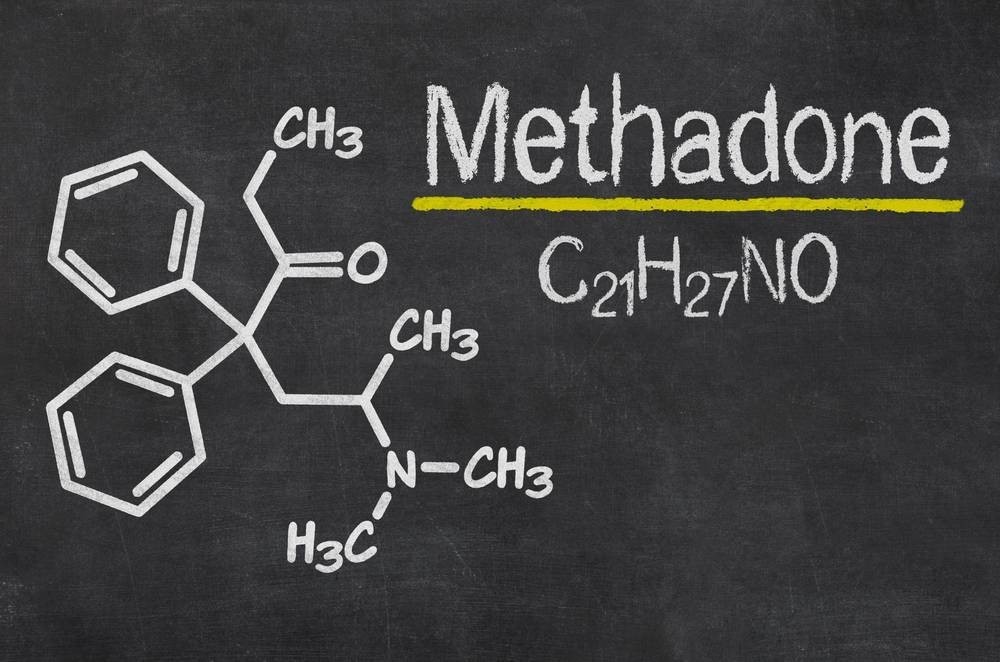Methadone Clinic Stallings NC
Home
Best Methadone Clinic Stallings NC Resources and Information Online
Suboxone is also a very well tolerated medication, although people on high doses of methadone will need to taper down to a low daily dose before making the switch to Suboxone. Patients who are ambulatory should be cautioned that methadone, like other opioids, may produce orthostatic hypotension. Other reported clinical experience has not identified differences in responses between elderly and younger patients. The FDA lists its typical side effects as possibly including nausea, dizziness, headache, dry mouth, and constipation. It is generally suggested that dose reductions should be less than 10% of the established tolerance or maintenance dose, and that 10 to 14- day intervals should elapse between dose reductions.
However, it has a slow onset and acts over a longer period of time than heroin. These effects seem to be more prominent in ambulatory patients and in those who are not suffering severe pain. 1% to 1%): Bile duct dyskinesia[Ref] Local Frequency not reported: Local tissue reactions (pain, erythema, swelling) particularly with continuous subcutaneous infusion[Ref] References 1. "Product Information. How many milliliters of liquid methadone is 5 milligrams? .
Right here are Some Even more Details on find methadone clinic near me

More Info About methadone treatment guidelines Stallings NC
Then you shouldnʼt be bothered by this page for a long time. I have been on both sides of the fence, addicted to opiates and taking the methadone and being dependent on methadone and IN MY OPINION, by far I would rather be dependent on methadone than addicted to other opiates.
A lot more Resources For find methadone clinic near me
Monitoring: -Monitor closely for respiratory depression, especially within the first 24 to 72 hours of initiating therapy and following dose increases. -Monitor regularly for the development of addiction, abuse, and misuse. -Monitor for signs of hypotension upon initiating therapy and following dose increases, especially those whose blood pressure is compromised. -Monitor for signs and symptoms of QT prolongation, if used in at-risk patients or concomitantly with drugs that prolong the QT interval, consider monitoring ECG and electrolytes at baseline and periodically during treatment. -During the induction phase as patients are being withdrawn from illicit opioids, monitor of opioid withdrawal symptoms such as lacrimation, rhinorrhea, sneezing, yawning, excessive perspiration, goose-flesh, fever, chilling, irritability, weakness, anxiety, depression, dilated pupils, tremors, tachycardia, abdominal cramps, body aches, involuntary twitching, anorexia, nausea, vomiting, diarrhea, intestinal spasms. Many physicians and OTP hubs are available to provide medical maintenance where up to a month’s supply can be prescribed for those transferring from a formal methadone maintenance program.
Below are Some More Resources on methadone treatment guidelines Stallings NC
A common term for the type of treatment at a methadone clinic is "replacement therapy". A great deal of anecdotal evidence was available "on the street" that methadone might prove effective in treating heroin withdrawal and is not uncommonly used in hospitals and other de-addiction centers to enhance rates of completed opioid withdrawal. For maintenance treatment of opioid addiction (heroin or other morphine-like drugs), in conjunction with appropriate social and medical services. 3 doctors agreed: Safe together: Yes it is safe to take both. I now have plenty nausea, fatigue and usual restlessness on all the opiates.
Click Here for More Information
Previous Next
You may also like:
Methadone Clinic North Plainfield NJ
Methadone Clinic Gilroy CA
Methadone Clinic Spanish Lake MO
Methadone Clinic South Venice FL
Methadone Clinic Nipomo CA